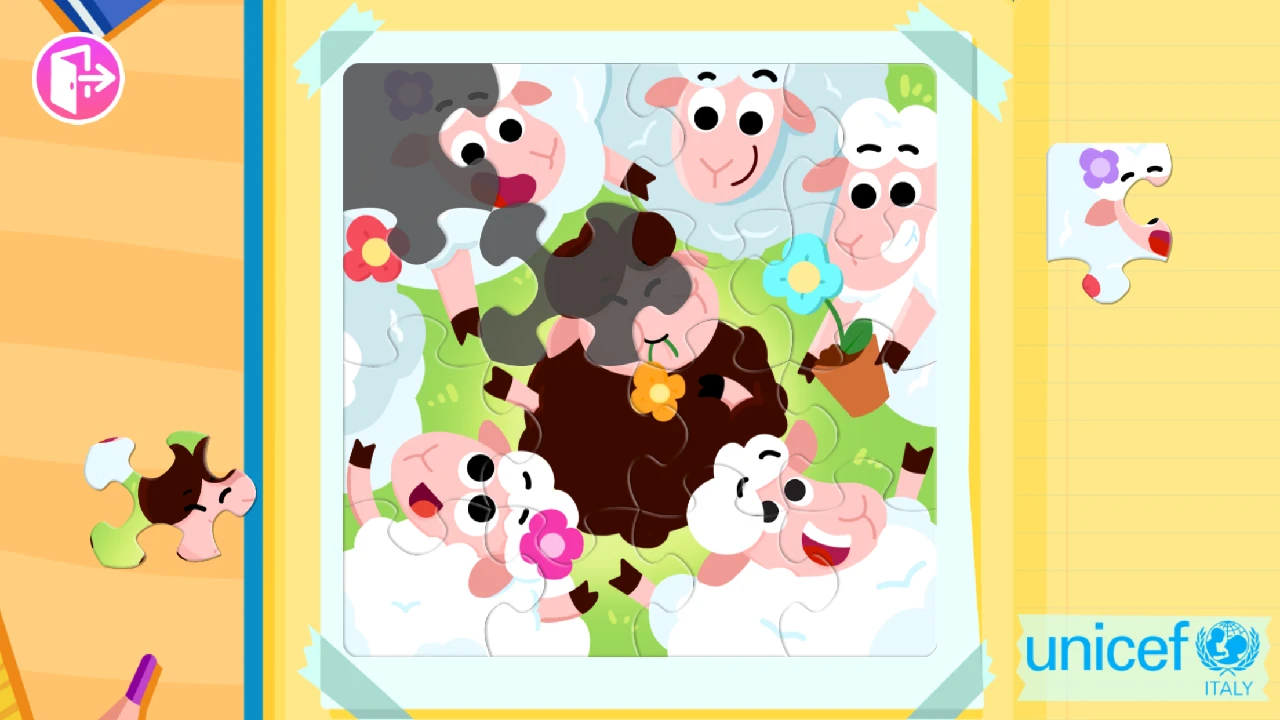Building a foundation of inclusivity in children is crucial for fostering empathy, understanding, and a sense of belonging. By promoting diversity and inclusion, we can help children develop the skills and attitudes necessary to navigate a diverse world. Inclusion goes beyond accepting differences; it involves actively embracing and celebrating them.
Inclusion creates a supportive environment where every child feels valued and respected. It teaches children to appreciate diverse perspectives, cultures, abilities, and backgrounds. By fostering inclusion from an early age, we can combat prejudice, stereotypes, and discrimination, cultivating a more equitable and harmonious society.
Engaging children in the concept of inclusion and diversity is essential for fostering empathy, understanding, and acceptance. Smart Tales offers a range of interactive stories, games, and educational worksheets to help children develop a strong foundation in promoting diversity and embracing differences.
Smart Tales’ interactive stories are an effective way to teach children the importance of inclusion. The stories can feature characters from diverse cultures, abilities, and backgrounds, offering children the opportunity to see the world from different perspectives. This helps promote acceptance of diversity and fosters empathy and understanding.
Embark on an exciting journey of promoting inclusion and diversity with the interactive games offered by Smart Tales. These games provide engaging activities and challenges that encourage children to understand and appreciate different perspectives, cultures, and abilities.
Smart Tales offers a range of educational worksheets designed to enhance children’s understanding of inclusion and diversity. These worksheets provide thought-provoking exercises, discussion prompts, and creative activities that promote empathy, respect, and a sense of belonging.
By incorporating Smart Tales’ stories, games, and educational worksheets into your child’s learning journey, you can empower them to become advocates for inclusion and diversity. Together, let’s foster a generation of children who embrace differences, celebrate diversity, and contribute to creating a more inclusive and harmonious society.

